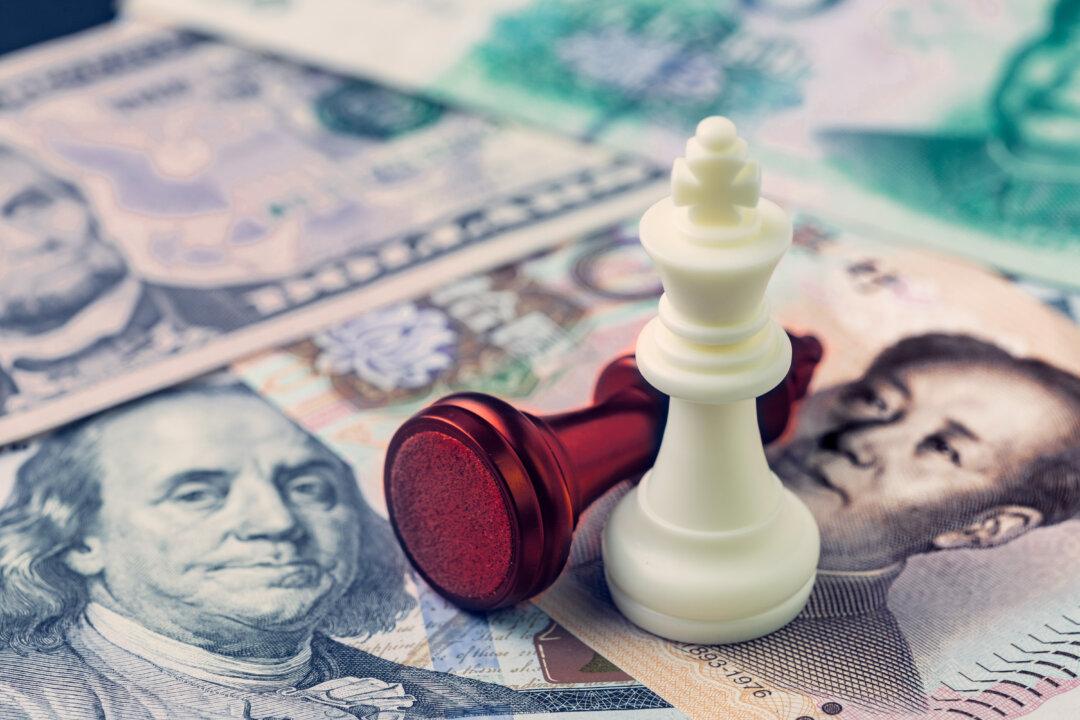To understand how economic crises begin, let’s explore one that has become iconic: the great stock-market crash of 1929. In fact, it is not as unique as it seems. Crashes of this sort have occurred in every country with financial markets throughout human history. Their magnitudes were large, but their anatomies were all too typical.
Like all booms, the one that ended in 1929 involved both real growth and a financial bubble even more expansive than the growth itself. The bullish frenzy of the boom years is celebrated in the phrase “the Roaring Twenties” and in classic literary treatments such as F. Scott Fitzgerald’s “The Great Gatsby.” Whereas popular accounts tend to treat the Great Crash primarily as a morality tale, the fable is shorn of the strategic dynamic that animated the boom-and-bust cycle.





